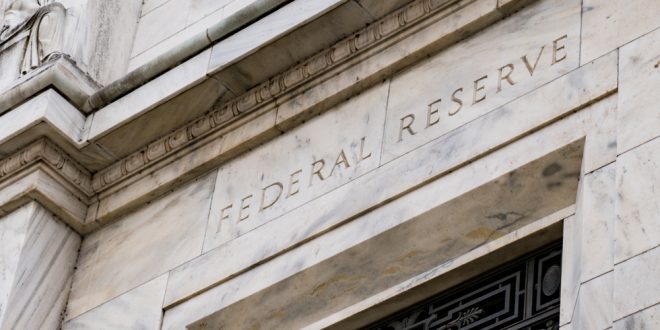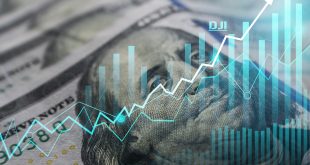The Chairman of the United States Federal Reserve, Jerome Powell, said on Monday that the U.S. economy is improving but still on the way to fully recover from the coronavirus pandemic.
“We are not out of the woods yet, but I am glad to say that we are now making real progress.”
“The economy is reopening, bringing stronger economic activity and job creation,” Powell was quoted by Reuters as saying.
“That is the high-level perspective – let’s call it the 30,000-foot view – and from that vantage point, we see improvement. But we should also take a look at what is happening at street level.”
“We view maximum employment as a broad and inclusive goal,” Powell added.
The Fed Chair remarks came during and event organized by the National Community Reinvestment Coalition.
Meanwhile, the President of the Federal Reserve Bank of New York, John Williams, said that the economy is expected to expand by the best growth rate in decades, as it recovers from the negative impacts of the pandemic, with economy on the road to grow by about 7% in 2021.
“It’s clear there is a big shift in the economy, and the outlook has improved. But let me emphasize that the data and conditions we are seeing now are not nearly enough for the FOMC to shift its monetary policy stance,” Williams noted.
Williams said that inflation is likely to temporarily rise this year before stabilizing near 2% next year, pointing to tools the central bank has to keep rates within the Fed’s target range.
Similarly, the President of the Federal Reserve Bank of Richmond, Thomas Barkin, expects inflation to decrease in 2022.
“I think we will see price pressure this year. You have got a very strong demand situation, and you have got constraints in supply. When those things happen, you’re definitely going to see price pressure,” Barkin told CNBC in a TV interview.
“Inflation is a recurring phenomenon. Prices go up this year, prices go up next year. I think it’s fair to argue the question of whether the combination of supply chain constraints and stimulus-driven price increases actually revert next year.”
Speaking about the signs that he looks for before supporting raising interest rates or reducing the Fed’s monthly bond purchases, Barkin pointed to the employment to population ratio, currently at 57.8%, versus 61.1% prior to the pandemic.
The central bank is set to release its annual Survey of Household Economic Decisionmaking (SHED) this month, which indicates that 22% of parents “were either not working or working less because of disruptions to childcare or in-person schooling.” Moreover, the report highlighted the higher problem faced by racial minorities with the rate among Black and Hispanic mothers at 36% and 30%, respectively.
Nearly one in five of people aged 25-54 who do not hold a college degree were laid off in 2020, compared with about 12% with those who have a four-year college degree.
Last week, the Fed decided to maintain its current monetary policy, with massive quantitative easing measurements to help the economy on the way to recovery from the coronavirus pandemic.
Following a two-day meeting, the Federal Open Market Committee (FOMC) acknowledged the improving economic indicators with a recovery that remains uneven and far from complete, as well as the rise in inflation, which is expected to temporarily rise but is yet to achieve the sustainable 2% target.
FOMC members pointed to the progress on vaccinations and strong policy support, noting that “indicators of economic activity and employment have strengthened.”
 Noor Trends News, Technical Analysis, Educational Tools and Recommendations
Noor Trends News, Technical Analysis, Educational Tools and Recommendations





